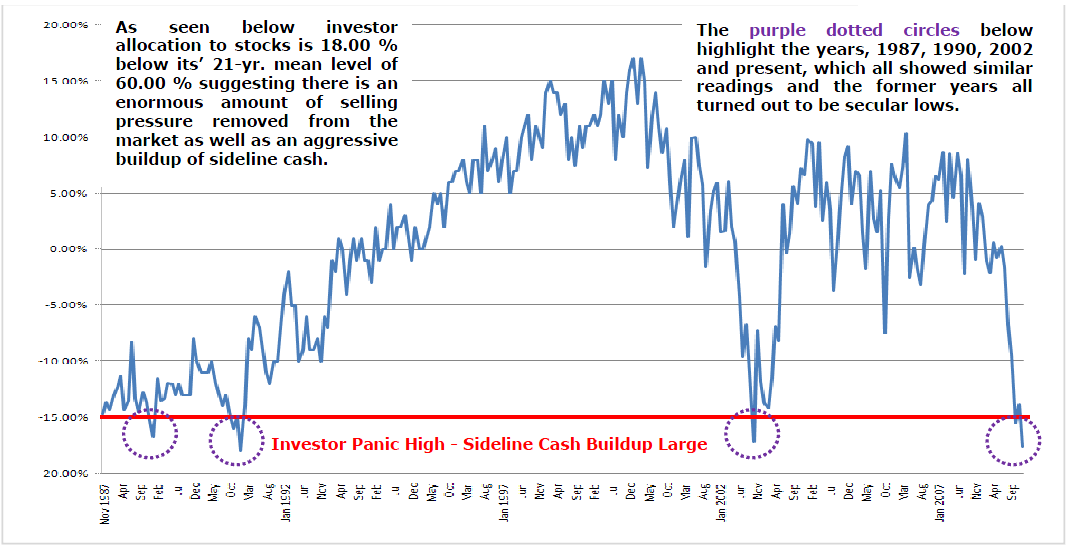AAII The American Association of Individual Investors
Post on: 26 Апрель, 2015 No Comment

by Sheldon Jacobs
It has been my observation that most investors focus on one aspect of investing more than any otherthe recommendation, and by that I mean specific security advice.
That is because investors have been trained by brokers and the media from time immemorial to believe that recommendations are the primary road to investing success.
Yes, recommendations are important, but contrary to most peoples belief, they are only the final step in the investing process. Recommendations are less important than the proper asset allocation and diversification decisions that necessarily precede them. This article discusses these first two far more important steps.
If you go to Amazon.com and search the word diversification you will find over 2,500 books on the subject. And, of course, diversification has also been discussed in countless magazine and newspaper articles. Not only that, but the science of diversification, unlike many modern day investment strategies, has been an important topic for millennia.
The oldest recorded asset allocation advice may be from biblical times. The Talmud, a record of rabbinic discussions pertaining to Jewish law, ethics, customs and history (circa 1200 B.C.500 A.D.) recommends: Let every man divide his money into three parts, and invest a third in land, a third in business, and let him keep a third in reserve. Today we would call these three asset allocations (or baskets) real estate, common stocks and money funds. You can clearly prosper with that advice right now.
Jumping to more recent history, the fabled Rothschild family had an asset allocation formula that worked well for over a century and that, amazingly, remains totally relevant today. The Rothschilds placed one-third of their wealth in each of three baskets: securities, real estate and art.
Now, the purpose of most investing strategies is to increase profits, but thats not true of diversification. Its purpose is to reduce risk. If you own your own business, diversification may not be an option. You will probably have all your money in it. But thats not the case when you invest in other peoples businesses, which is what you do when you buy listed stocks.
When you invest in stocks, you have the choice of diversification or concentrated investing. I realize some people follow the concentrated path in investingand some of these people become very, very wealthy. But in all likelihood, you will never know enough about the workings of publicly traded companies, or how the actions of other investors will impact your holdings, to be comfortable putting all your money in one, or even a few, stocks. This particularly applies to investing in companies you work for (when they are large enough to have publicly traded stock). Whether you are an expert or layman, when bad things happen, there is really no protection other than diversification.
The Basics
Asset allocation basically means holding various asset classes that have uncorrelated performance; that is, they fluctuate independently of each other. Thats the whole point. If two investments fluctuate in tandem, they wont provide diversification or reduce risk.
While a portfolio can consist of any number of baskets, the three most important asset classes for individuals are stocks, bonds and cash. (Institutional portfolios have a range of up to 12 asset classes.) Table 1 shows that there is virtually no correlation among the three basic baskets. (Zero is no correlation; +1.00 and 1.00 are perfect positive and negative correlations.) This is critical. You want zero correlation, or better yet, negative correlation. If two asset classes have a high positive correlation, then they are really variations of the same asset class, and dont increase diversification.
As Table 1 shows, spreading your money among stocks, bonds and cash gives you superior diversification and risk control. You are always at risk, no matter what you do, but with this approach you have dramatically reduced the likelihood of all your investments declining at once. How you allocate among these baskets in your portfolio can determine up to 90% of your returns. This alone tells you where you should be focusing your investing effort.














